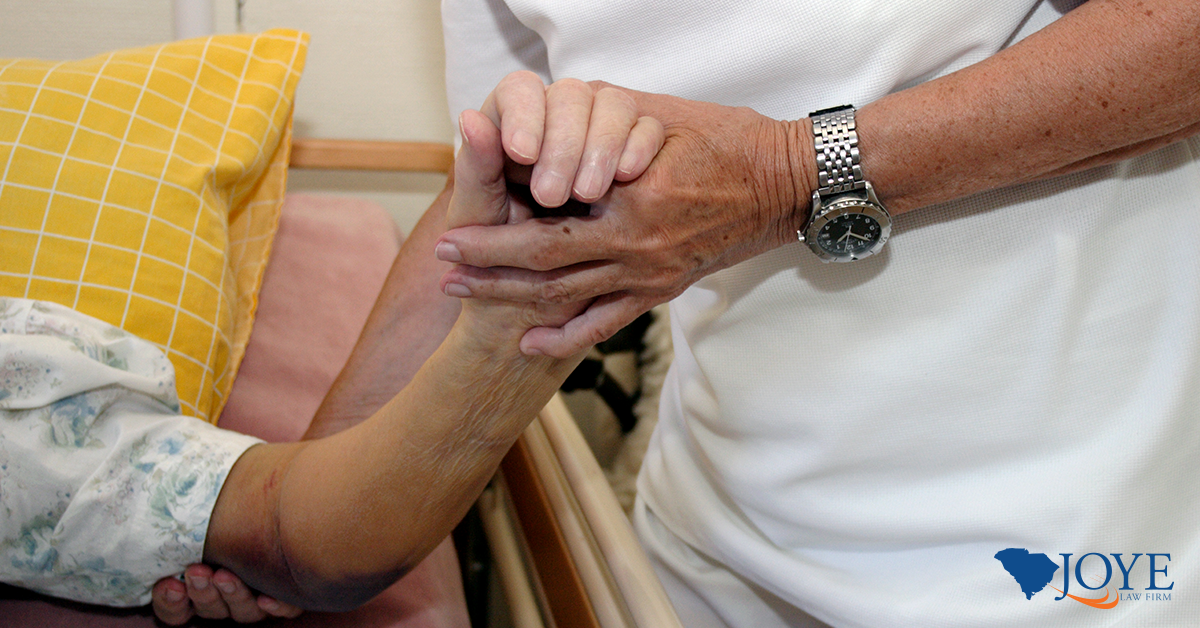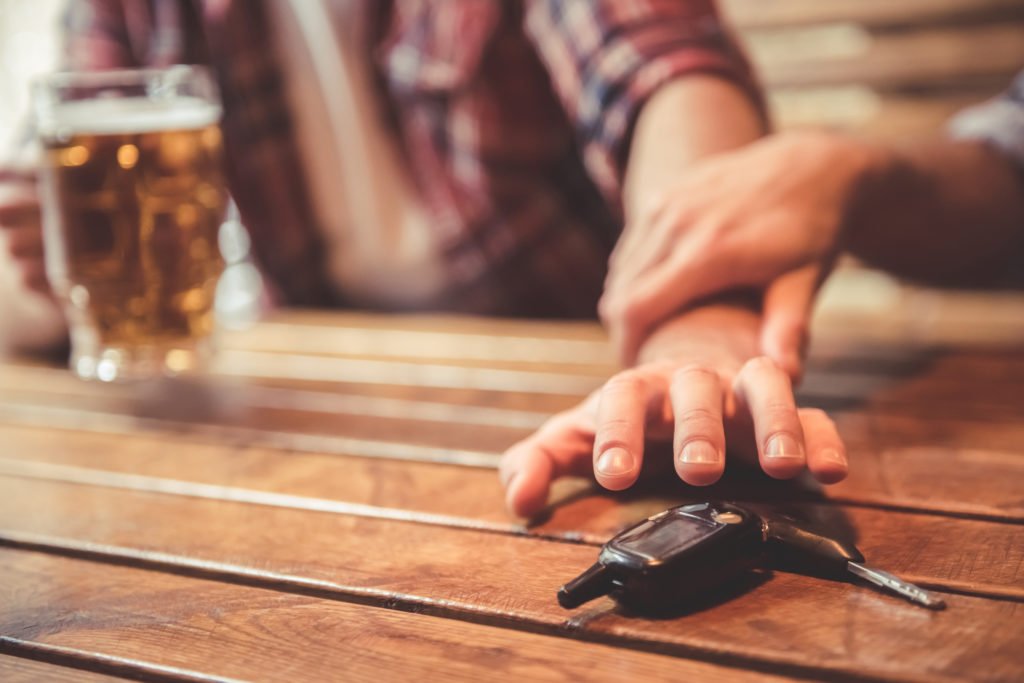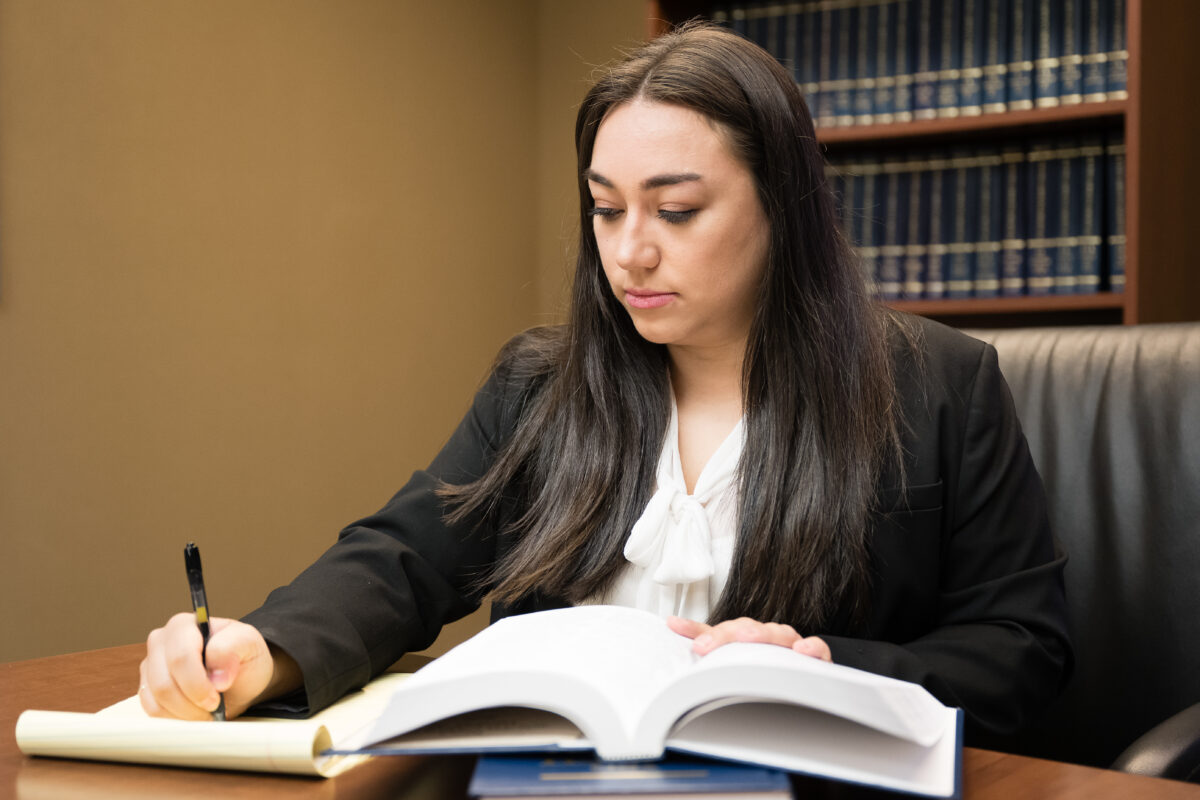
Some of the most common, and most painful, injuries people suffer in nursing homes and assisted living facilities aren’t broken bones or medication errors: they’re bed sores. Unlike other forms of injury that nursing home residents suffer, bed sores aren’t as well-known, so family members often don’t know how to look for them when visiting their loved ones in the nursing home.
However, it’s important to learn how to recognize a bed sore, because these injuries can be a tell-tale sign of long-term neglect. When left uncaught and untreated, they can result in a variety of dangerous complications, including deadly infection in the worst stages.
What is a Bed Sore?
A bed sore is a type of ulcer caused by prolonged pressure against the skin – usually from a bed, which is where the name comes from. They can happen when a nursing home resident can’t move from their bed or wheelchair, and the resident is neglected by a nursing home’s staff.
Bed sores can start to form over the course of hours, or over days.
Where Should You Look for Bed Sores?
Unfortunately, because bed sores form when the elderly or disabled person has extended contact with their bed or wheelchair, they are usually not immediately visible, and may be hidden under clothing.
Bed-bound patients often develop bedsores in the following locations:
- Back of the head
- Shoulder blades
- Hips and tailbone
- Heels and ankles
Wheelchair-bound patients often develop bedsores in the following locations:
- Tailbone and buttocks
- Shoulder blades and spine
- Back of arms and legs
The Four Stages of Bed Sores
Bed sores, also called pressure sores, can be categorized into four stages. When a bed sore is left untreated for too long, it can progress through the stages until it may never be able to heal completely.
- Stage I: The skin appears red and doesn’t change color or whiten when pressed.
- Stage II: A blister forms and the surrounding tissue looks red and irritated.
- Stage III: The injured area sinks in and becomes an open wound.
- Stage IV: The sore deepens to encompass muscle and bone, which may become visible through the wound.
Without treatment, bed sores can become severely infected and even life-threatening.
Bed Sores as Evidence of Neglect
Bed sores may be evidence that a resident in a nursing home isn’t getting the care they need. Nursing home staff members are trained to identify and treat pressure ulcers before they present a significant risk to patients. If they aren’t caught, it’s likely because the staff isn’t looking. If you’ve noticed that a loved one has developed bed sores, make sure to speak to the person or people in charge of providing their care.
However, if your loved one developed bed sores because the nursing home staff failed to help move them from their bed or wheelchair, they should be held accountable for the bed sores that formed.
Your loved one deserves better, and they deserve compensation for any costs related to treating injuries caused by negligent care.
Has Your Loved One Been Neglected? Contact Joye Law Firm Today
If you need a nursing home abuse or neglect lawyer in South Carolina, contact Joye Law Firm. We know how devastating it can be to learn your loved one has been experiencing abuse or neglect while they are in the care of someone else. When they experience painful injuries because of abuse and neglect, the nursing home should be held accountable for their pain and suffering, as well as the cost of their treatment.
Contact our firm today for a free consultation.






































